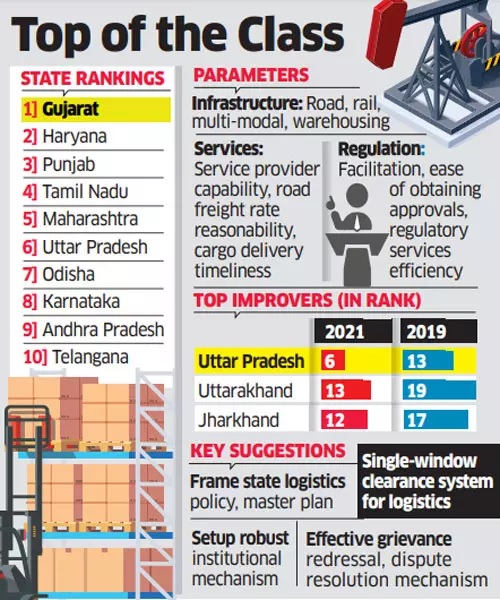7667766266
enquiry@shankarias.in
What is the issue?
Exports allow developing countries to grow, create more jobs, become more competitive but it needs several pre-requisites such as an efficient logistics ecosystem and integration of domestic firms in global value chains.


The logistics costs in India is still high at around 14 % of GDP
References